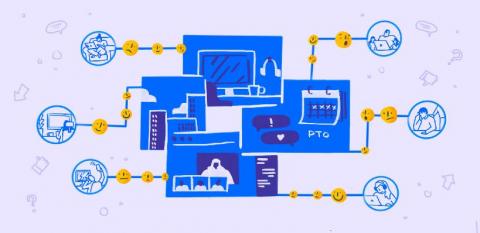4 data points to watch from your project management software
Business is a battle, and the companies that best optimize their resources tend to win. But without a clear look at project-level data, it’s impossible to distribute those resources well. The right project management software shows you how and where your resources are spent. Organizing, executing, and analyzing projects is a lot easier when you can find it all on a single platform.











